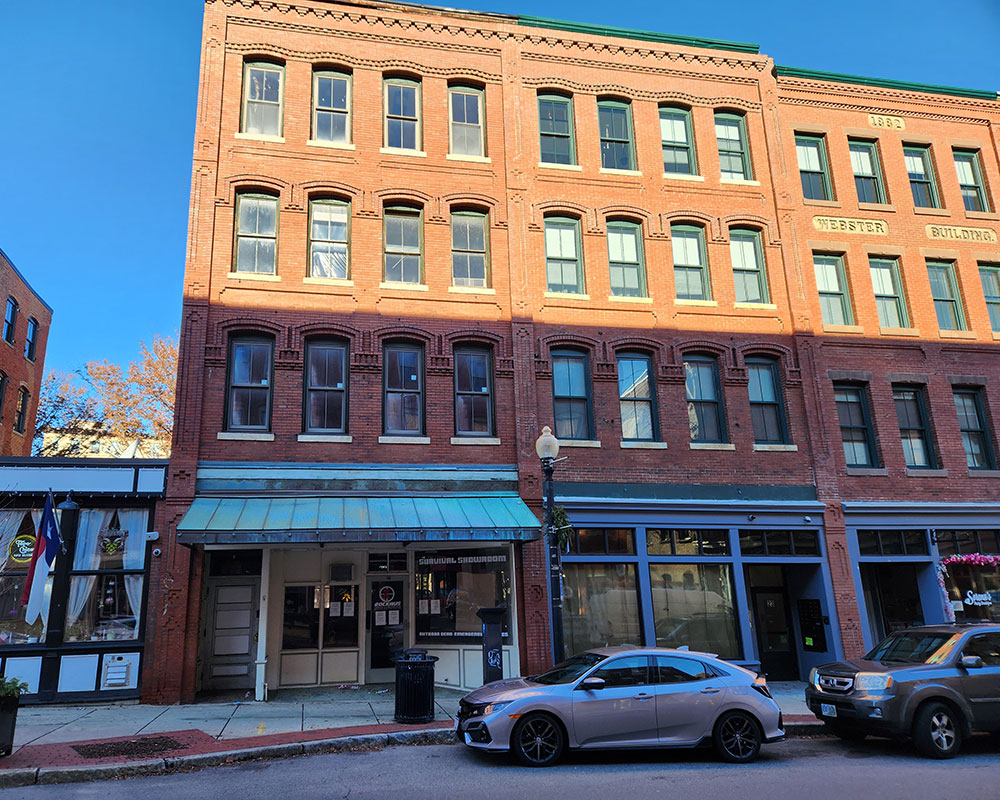Haverhill city councilors Tuesday night approved a special permit for two commercial spaces and six apartments in one of the last remaining unaltered brick buildings in the city’s Washington Street Historic District.
Attorney Russell S. Channen, representing developer Jonathan Cody of Atlantis Investments, said the 29 Washington St., project is similar to others allowed downtown under the Smart Growth Overlay District. These include Hamel Mills Lofts and the Hays Building.
“What the current intentions would be to have commercial spaces on the first floor—two commercial spaces on the first floor and then to have two residential units on floors two through four, with sizes ranging from 471 square feet to 600 square feet,” he explained.
As WHAV reported earlier, the building became the home and artist studio of urban pioneers Raymond F. and Mary-Ellen Eason and their pottery shop, Kaleidoscope Gallery. The couple were ahead of their time when they converted a downtown industrial building into a live/work space when there were virtually no other homeowners, never mind artists, on the downtown section of the street.
City councilors agreed the small studios would likely not attract more than one person per unit and waived a parking requirement of 1.2 spaces per apartment. Spaces would be located about 800 feet away at 191 Merrimack St. Channen noted a nearby parking garage and availability of commuter rail makes more spaces unnecessary.
“We believe that this a project that would work well here in the City of Haverhill. Mr. Cody, who is redoing the Casey Building, has also indicated that the facade of the property at 129 Washington St. would be restored to its 1880 version, similar to what he is doing at the Casey Building so he’s going to be restoring the property back to its luster of the late nineteenth century,” he said.
The developer also requested—and the body agreed—he be allowed to temporarily use one parking space behind the building for a dumpster to be used only during construction.
Councilor Melissa J. Lewandowski, backed by Councilor Michael S. McGonagle, motioned to approve the project, which won unanimous support. Councilor Thomas J. Sullivan, for example, noted Cody’s other successful projects as leaning in his favor.
“You have a proven track record of doing good work. I think this is an excellent proposal. It brings back the one building left in that quadrant, in that block, that needs to be redeveloped and you’re going to put the finishing touches on it and I know it’s going to be great,” he said.
Councilor Shaun P. Toohey also praised Cody’s other developments, including Newcomb Street behind City Hall and the former St. Joseph’s School, saying “this checks all of the boxes for me.”
Asked by Councilor Melinda E. Barrett how occupants’ trash will be handled, Cody responded there will be a trash room within the building. Barrels would not be placed on the street, but rather be emptied weekly by a service.

